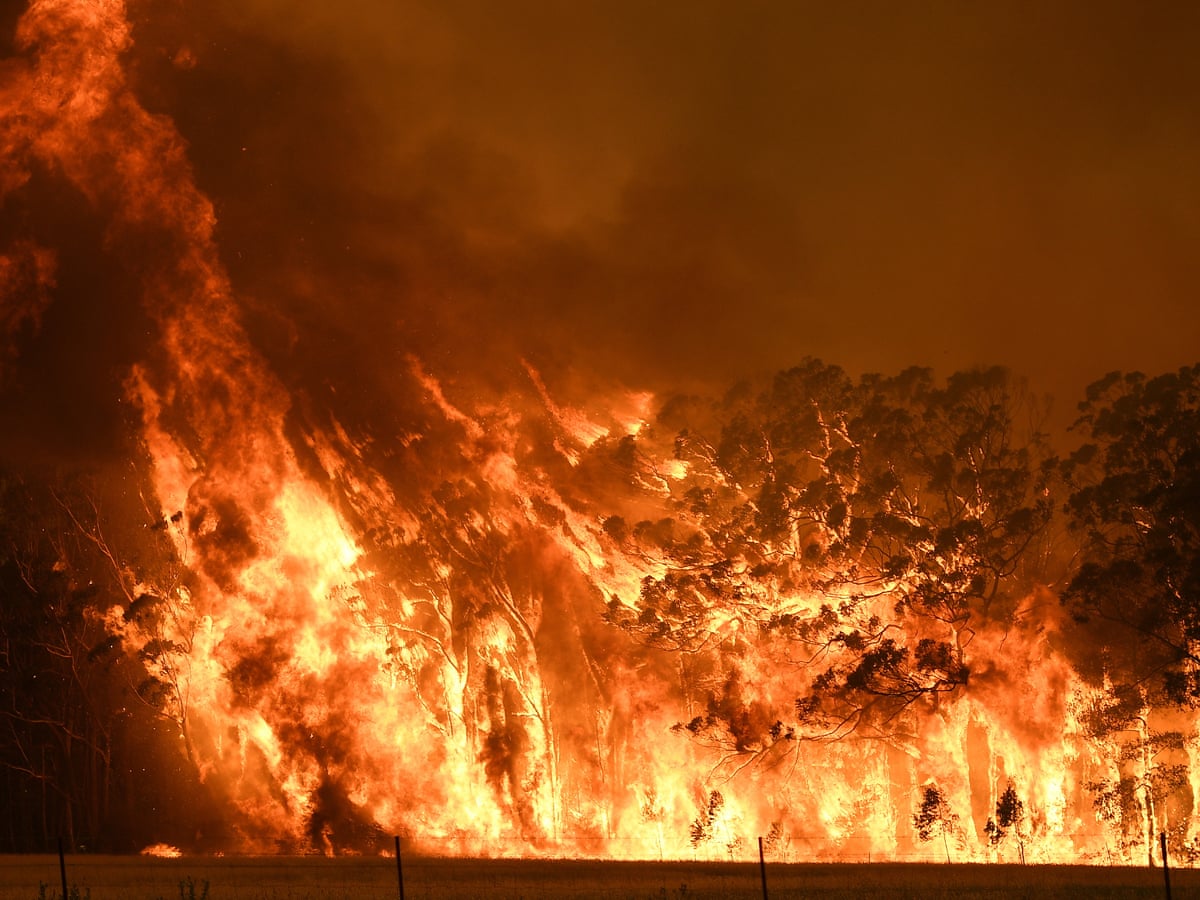Understanding the Significance of a Thorough BAL Assessment Report
Understanding the Significance of a Thorough BAL Assessment Report
Blog Article
The Significance of Bushfire Administration in Fire Protection
In the world of fire defense, the value of reliable bushfire management can not be understated. As areas worldwide grapple with enhancing circumstances of wildfires, the aggressive approach to stop and alleviating these natural disasters via critical bushfire administration methods has actually become a vital component. Beyond the instant hazard to human life and residential property, the interplay in between bushfire management and ecological preservation, community involvement, and climate adjustment presents complicated challenges that need extensive solutions.
Importance of Proactive Bushfire Prevention
Proactive bushfire prevention methods are vital in alleviating the ravaging effects of wildfires on communities and neighborhoods. One vital aspect of positive bushfire prevention is fuel management.
Educating the public on fire security practices and advertising community awareness regarding the significance of bushfire prevention are essential components of aggressive approaches. Ultimately, positive bushfire avoidance plays a considerable duty in guarding neighborhoods and environments from the destructive effects of wildfires.
Duty of Area Engagement in Fire Security
Involving the area in fire security initiatives is essential to enhancing the effectiveness of proactive bushfire avoidance techniques. Community engagement plays a vital duty in fostering a cumulative understanding of the dangers postured by bushfires and the significance of preparedness measures. By entailing neighborhood residents, authorities can share essential info on fire security practices, discharge treatments, and very early warning systems, equipping individuals to take aggressive steps to secure their residential properties and lives.
By cultivating a culture of readiness and partnership, communities can enhance their capability to respond properly to bushfire emergency situations, reducing the effect on properties and lives. Eventually, area interaction is a keystone of comprehensive fire protection methods, highlighting the significance of cumulative activity in securing vulnerable locations from the danger of bushfires.
Value of Wild Animals Conservation in Bushfire Monitoring
Conservation of wild animals plays a crucial role in reliable bushfire management strategies, making sure the defense of varied ecosystems and biodiversity in fire-prone regions. Wildlife conservation is important as it adds to the general resilience of ecosystems, helping in their capability to recuperate and stand up to from the influence of bushfires. By preserving habitats and protecting different types, the natural equilibrium within these environments is kept, which is essential for their long-lasting health and sustainability.
Furthermore, wildlife preservation likewise helps in decreasing the risk and intensity of bushfires. Healthy ecological communities with well-preserved wild animals populations can function as all-natural firebreaks, reducing the spread of fires and restricting their devastating potential (BAL Assessment). Specific animal types, like burrowing animals or birds that spread out seeds, play distinct roles in assisting or avoiding fires in the post-fire regeneration of habitats
Incorporating wildlife preservation right into bushfire management methods is not just necessary for securing biodiversity but likewise for advertising the overall health and resilience of ecological communities in the face of boosting fire threats.
Benefits of Strategic Gas Decrease Programs
Strategically executing fuel reduction programs is crucial in alleviating the danger and influence of bushfires in fire-prone regions. These programs include regulated burning, mechanical cleaning, and other techniques to minimize the quantity of flammable vegetation available to sustain wildfires. By strategically reducing fuel lots in key locations, such as near residential areas or important infrastructure, the strength and spread of bushfires can be substantially decreased.
Among the main benefits of gas decrease programs is the enhancement of general fire strength in an environment. By developing strategic fuel breaks and reducing the continuity of plant life, these programs assist to interrupt the course of a bushfire, making it easier for firemans to extinguish the blaze and have. In addition, fuel decrease programs can safeguard biodiversity by preventing excessively intense fires that can ruin environments and endanger wildlife populations.
Furthermore, these programs can also protect human lives and residential property by decreasing the risk of BAL Report tragic fires that posture a considerable danger to areas. Eventually, critical fuel decrease programs play a vital role in proactive bushfire administration and fostering a more secure environment for both individuals and nature.
Effect of Climate Modification on Bushfire Risk

Greater temperatures cause drier vegetation, making it much more vulnerable to ignition. Minimized rains in certain areas lengthens drought problems, additionally raising the flammability of the landscape. Furthermore, the altering climate has actually changed wind patterns and climatic problems, bring about more erratic fire habits and fast fire spread.
As the climate remains to alter, the frequency and intensity of bushfires are expected to increase, necessitating a aggressive and adaptive method to bushfire management. Approaches should develop to make up the transforming risk landscape, incorporating climate forecasts and thinking about long-term resilience in fire administration preparation. Resolving the impact of climate adjustment on bushfire risk is important in establishing reliable strategies to safeguard lives, property, and the atmosphere.
Final Thought
In final thought, positive bushfire prevention, area involvement, wild animals conservation, critical gas decrease programs, and factor to consider of climate change are vital parts in efficient fire security. By executing these strategies, we can much better take care of bushfire dangers and secure both human lives and the setting. BMP. It is vital that stakeholders collaborate to focus on these procedures to lessen the damaging influence of bushfires on ecological communities and communities

As the climate continues to alter, the frequency and intensity of bushfires are anticipated to increase, demanding a proactive and flexible technique to bushfire monitoring.In verdict, aggressive bushfire prevention, community interaction, wild animals preservation, calculated fuel decrease programs, and factor to consider of climate adjustment are important elements in efficient fire protection.
Report this page